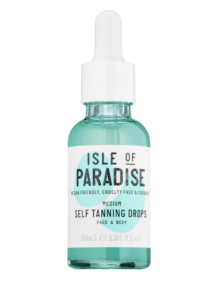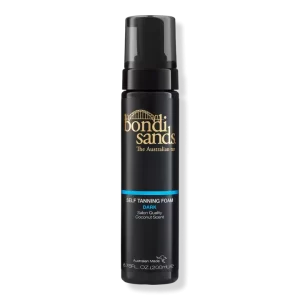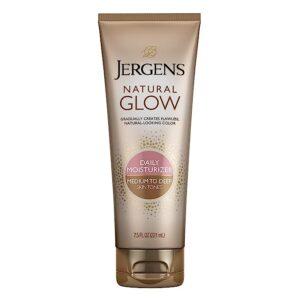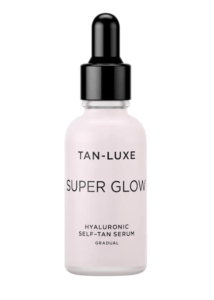When it comes to getting a tan, many people opt for traditional sun tanning or tanning beds. These methods may seem convenient, but they come with serious risks, including skin cancer and premature aging. On the other hand, sunless tanning offers a safer alternative. But just how much worse is sun tanning than sunless tanning? In this post, we’ll explore the differences between sun tanning and sunless tanning, as well as the risks associated with each in our effort to find safe tanning methods.
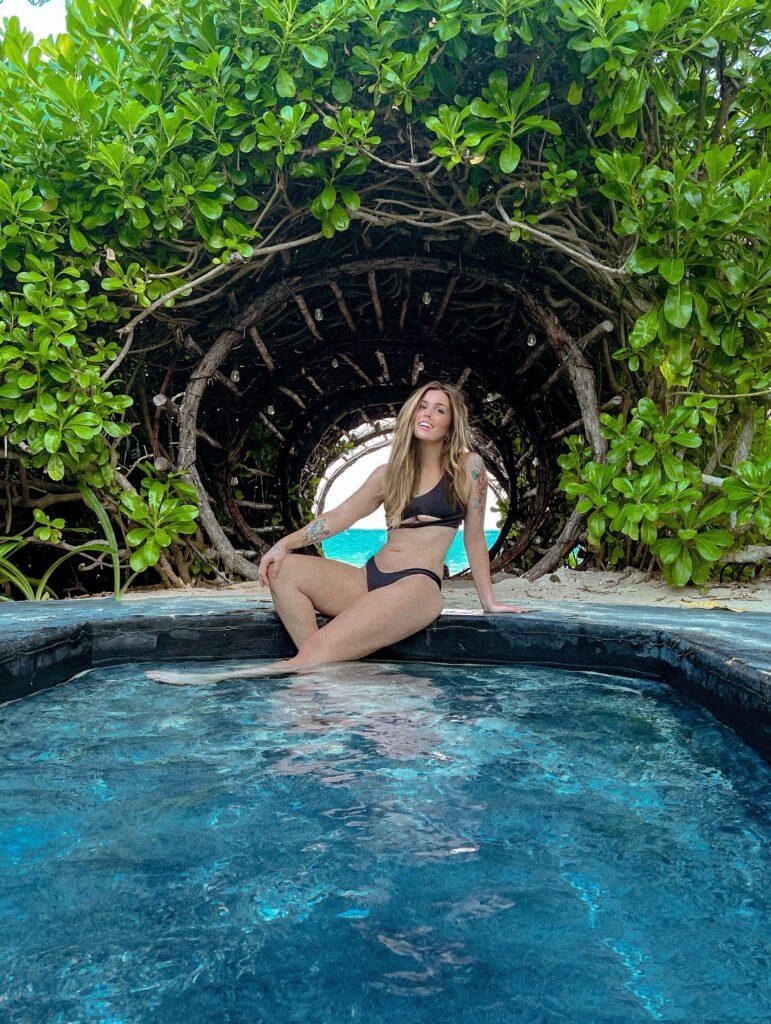
Traditional Sun Tanning
Traditional sun tanning involves exposing your skin to ultraviolet (UV) radiation from the sun. The UV rays cause your skin to produce melanin, which gives your skin a darker color. While some people enjoy the look of a tan, traditional sun tanning is associated with several risks.
UV radiation can damage your skin in several ways. It can cause DNA damage, which can lead to mutations and eventually cancer. In fact, according to the American Academy of Dermatology, exposure to UV radiation is a major risk factor for skin cancer. In particular, exposure to UV radiation from tanning beds is associated with an increased risk of melanoma, the deadliest form of skin cancer. People who use tanning beds are 59% more likely to develop melanoma than those who have never used a tanning bed.
In addition to skin cancer, UV radiation can also cause premature aging, wrinkles, and sunburn. Over time, repeated exposure to UV radiation can cause your skin to lose its elasticity, leading to sagging and wrinkles. UV radiation can also cause sunburn, which is characterized by redness, pain, and peeling. Sunburns are not only painful, but they also increase your risk of skin cancer.
Tanning Beds
Tanning beds are a popular alternative to sun tanning. They work by using artificial UV radiation to darken your skin. While tanning beds may seem like a safer option than sun tanning, they come with their own set of risks.
As mentioned earlier, exposure to UV radiation from tanning beds is associated with an increased risk of skin cancer. In fact, tanning beds are classified as carcinogenic to humans by the International Agency for Research on Cancer. This means that they are known to cause cancer in humans.
Tanning beds can also cause eye damage. UV radiation can damage your eyes and increase your risk of cataracts and other eye problems. If you use a tanning bed, it is important to wear protective goggles to protect your eyes from UV radiation.
Sunless Tanning
Sunless tanning, also known as self-tanning, is a way to get a tan without exposing your skin to harmful UV radiation. Sunless tanning products come in various forms, including lotions, sprays, and gels. They work by using a chemical called dihydroxyacetone (DHA) to darken the outermost layer of your skin.
DHA is a type of sugar that reacts with the amino acids in the outermost layer of your skin to produce a tan. The resulting color typically lasts for several days, depending on the product and how it is applied. Sunless tanning is generally considered safe, as long as it is applied properly and in accordance with the manufacturer’s instructions.
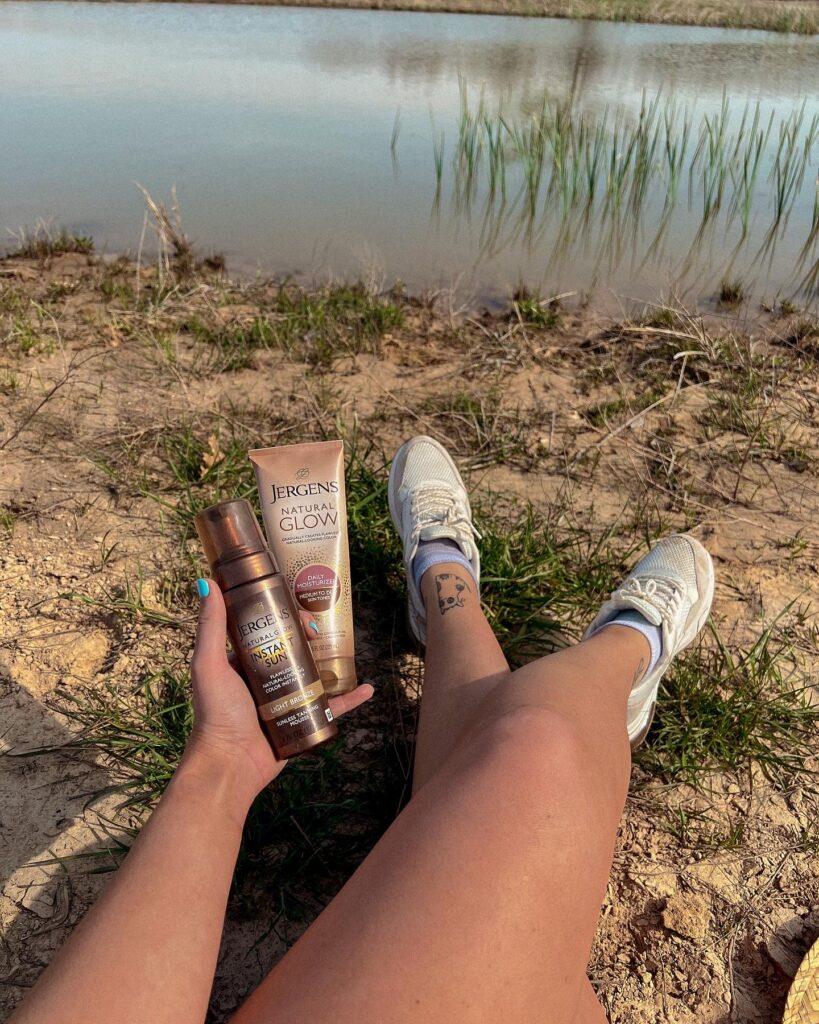
While sunless tanning does not pose the same risks as sun tanning or tanning beds, it is important to note that it does not provide the same level of protection from UV radiation. Sunless tanning products do not provide any SPF protection, so it is still important to wear sunscreen and take other precautions to protect your skin when spending time outdoors.
Read my self-tan routine here.
Which Is Better for Safe Tanning?
When it comes to ranking the risks associated with tanning, it is clear that sunless tanning is the safest option. Traditional sun tanning and tanning beds come with significant risks, including an increased risk of skin cancer, premature aging, and eye damage. In fact, tanning beds are classified as carcinogenic to humans by the International Agency for Research on Cancer.
While sunless tanning does not provide the same level of protection from UV radiation as traditional sun tanning or tanning beds, it is a much safer option. Sunless tanning products work by using a chemical called DHA to darken the outermost layer of your skin, without exposing your skin to harmful UV radiation.
Overall, if you want to achieve a tan, sunless tanning is the best option. It provides a safe and effective way to get a tan without exposing your skin to harmful UV radiation. Traditional sun tanning and tanning beds should be avoided due to the significant risks they pose to your health.
In conclusion, when it comes to ranking the risks associated with tanning, sunless tanning should be considered the safest option, followed by traditional sun tanning, and tanning beds should be avoided altogether. It is important to prioritize your health and protect your skin from the harmful effects of UV radiation.
My favorite self-tan options
My personal favorite self-tanner is St. Tropez Self Tan Bronzing Mousse. It gives a streak-free and long-lasting tan that looks like a natural sun-kissed glow. However, there are plenty of other self-tanners on the market that have gained a lot of popularity among users. Let’s take a look at some of the top self-tanners currently available in the market.
After conducting a thorough analysis of customer reviews and ratings, here are the top 5 self-tanners:
Isle of Paradise Self-Tanning Drops: This product has gained a lot of popularity due to its customizable formula that can be mixed with your favorite moisturizer to achieve a natural-looking, even tan. It comes in three different shades to suit different skin tones.
Bondi Sands Self-Tanning Foam: This Australian-made self-tanner has gained a lot of popularity due to its easy-to-apply foam formula and natural-looking results. It is available in a range of shades to suit different skin tones.
Jergens Natural Glow Daily Moisturizer: This affordable self-tanning moisturizer is perfect for achieving a gradual, natural-looking tan. It is infused with skin-nourishing ingredients and is suitable for all skin types.
Tan-Luxe Super Glow Hyaluronic Self-Tan Serum: This self-tanning serum is a favorite among beauty enthusiasts due to its hydrating formula that is infused with hyaluronic acid. It delivers a natural-looking, glowing tan while also providing skincare benefits.
Bali Body Self Tanning Mousse: This vegan and cruelty-free self-tanning mousse has gained a lot of popularity for its easy-to-use formula and natural-looking results. It is infused with nourishing ingredients like aloe vera and coconut oil to keep your skin moisturized and glowing.
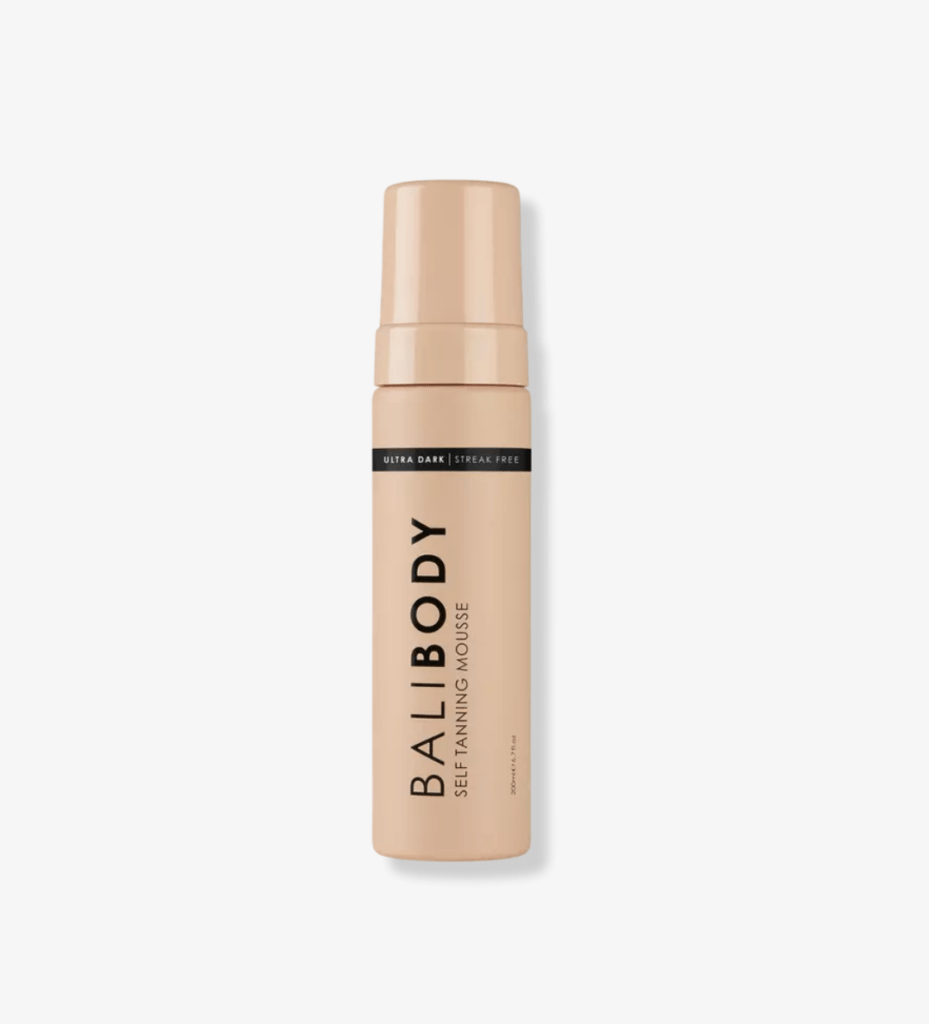
Overall, these self-tanners have gained a lot of popularity due to their ability to provide a natural-looking, streak-free tan without exposing your skin to harmful UV rays. They also come in a range of shades to suit different skin tones and preferences, making it easier to achieve the perfect summer glow.
Works Cited:
- Blumetti, T. P., & Patel, N. (2011). Tanning and cutaneous malignancy. Dermatology research and practice, 2011, 650819. doi: 10.1155/2011/650819
- Chen, L., & Hu, J. (2019). Self-tanners. Journal of the American Academy of Dermatology, 81(6), e163-e165. doi: 10.1016/j.jaad.2019.06.082
- Grewal, S. K., & Burchette, R. J. (2009). Cutaneous malignant melanoma and other nonmelanoma skin cancers: Associations with HIV/AIDS, immunosuppression, and sun exposure. Dermatologic clinics, 27(2), 175-183. doi: 10.1016/j.det.2008.12.002
- International Agency for Research on Cancer. (2009). IARC monographs on the evaluation of carcinogenic risks to humans: Volume 97. Radiation.
- Lim, H. W., James, W. D., Rigel, D. S., Maloney, M. E., & Spencer, J. M. (2019). Adverse effects of ultraviolet radiation: A brief review. Progress in Biophysics and Molecular Biology, 144, 10-16. doi: 10.1016/j.pbiomolbio.2018.11.004
- Skincancer.org. (n.d.). Sunless tanning explained. Retrieved from https://www.skincancer.org/blog/sunless-tanning-explained/
- University of Michigan Medicine. (n.d.). Tanning. Retrieved from https://www.uofmhealth.org/health-library/tv6186

